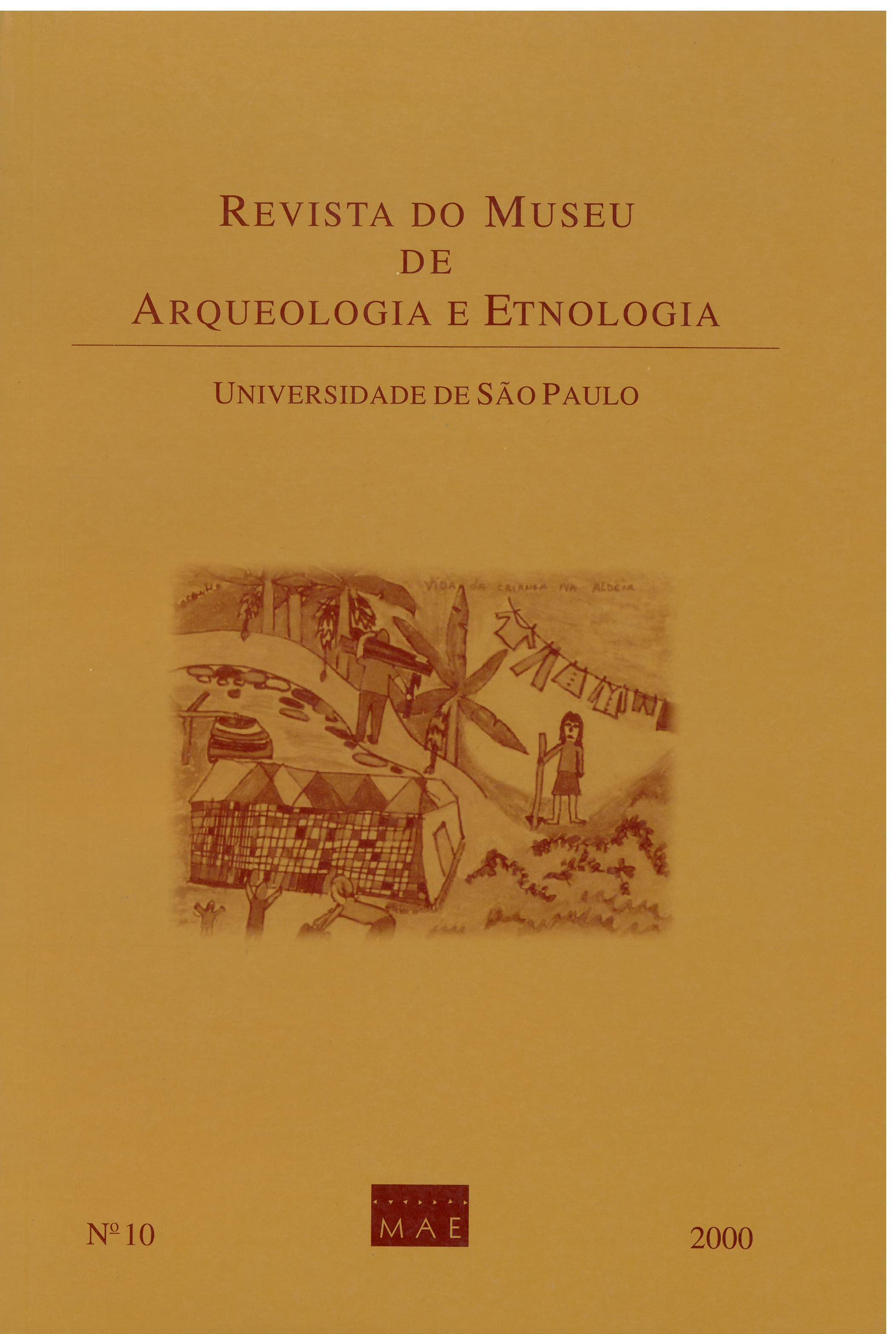The poetics of famine in Guarani art.
DOI :
https://doi.org/10.11606/issn.2448-1750.revmae.2000.109388Mots-clés :
Ethnoaesthetics - Mbyá Guarani - Cosmology - Ethnicity.Résumé
Drawings by Guarani Mbyá children at the turning of the millenium suggest that the Land-without-Evils may be a worldly reality. The barren and plagueful soil of the Indigenous Land Itaóca, at the southern coast of São Paulo, is transformed by young artists into a rich territory, full of plantation and fit for hunting. The proximity of the big garbage dump of Mongaguá, banana farms and the “Equality Cemetery”, where the Guarani search for food, work as slaves and prematurely bury their deads, is kept out of the illustrations. Sick and weakened children from the most numerous Indian group of Brazil (30.000) materialize in the illustrations in xandaro Guarani - warriors whose bodies encapsulated the essence of the mytical paradise, the ¿mortality. The aesthetic quality of the representations of the Guarani social life comes from the dimensions of an erring world which the children try to recreate and express through art. Whereas adults and elder people belive that famine and scarcity are necessary conditions for the passage to the Land-without-Evils, the newer generation proposes concrete changes to social order, including the acceptance of the comfort of the sedentary agriculture. If the sacred word, vital to the Guarani person, did not transmit, up to now, the dramatic effects of poverty and violence to the unsensitive Brazilian society, the young hope that visual signs of a poetic and idealized world may educate the people about their present aspirations.##plugins.themes.default.displayStats.downloads##
##plugins.themes.default.displayStats.noStats##
Téléchargements
Publiée
2000-12-22
Numéro
Rubrique
Artigos
Licence
(c) Copyright Mona Birgit Suhrbier, Mariana Leal Ferreira 2000

Ce travail est disponible sous licence Creative Commons Attribution - Pas d'Utilisation Commerciale - Pas de Modification 4.0 International.
Comment citer
SUHRBIER, Mona Birgit; FERREIRA, Mariana Leal. The poetics of famine in Guarani art. Revista do Museu de Arqueologia e Etnologia, São Paulo, Brasil, n. 10, p. 211–229, 2000. DOI: 10.11606/issn.2448-1750.revmae.2000.109388. Disponível em: https://www.journals.usp.br/revmae/article/view/109388.. Acesso em: 17 mai. 2024.












